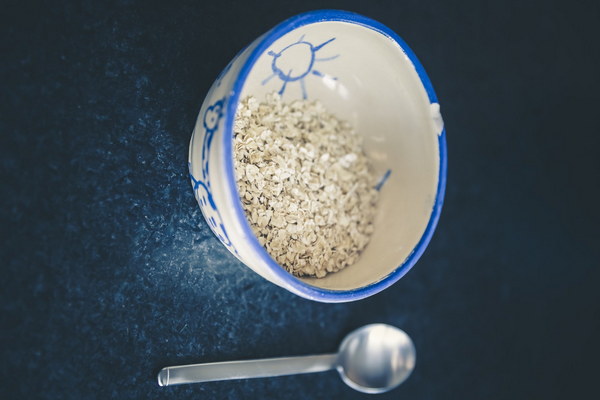Can Thumping the Lungs Clear Phlegm Exploring the Benefits and Risks of Chest Thrusting
Introduction:
Phlegm, also known as mucus, is a substance produced by the respiratory system to trap dust, allergens, and bacteria. Sometimes, excessive phlegm can cause discomfort, coughing, and difficulty breathing. One common question that arises is whether thumping the lungs can help clear phlegm. In this article, we will explore the benefits and risks of chest thrusting as a method for clearing phlegm.
What is Chest Thrusting?
Chest thrusting, also known as chest thumping or chest tapping, is a technique that involves gently tapping or thumping the chest to help loosen and expel mucus. This method is often used in children and adults with respiratory conditions, such as cystic fibrosis, bronchiectasis, or chronic obstructive pulmonary disease (COPD).
Benefits of Chest Thrusting:
1. Loosening Mucus: Chest thrusting can help break up the thick mucus, making it easier to cough up. By loosening the mucus, chest thrusting can improve airway clearance and reduce the risk of complications, such as respiratory infections.
2. Improved Breathing: As the mucus is cleared from the lungs, breathing becomes easier. Chest thrusting can help alleviate symptoms such as shortness of breath and coughing.
3. Reduced Risk of Complications: By promoting effective airway clearance, chest thrusting can lower the risk of respiratory infections, lung abscesses, and other complications associated with excessive mucus production.
4. Enhanced Oxygenation: Chest thrusting can help improve oxygenation by clearing the airways, allowing for better oxygen exchange in the lungs.
Risks of Chest Thrusting:
1. Pain: Chest thrusting may cause discomfort or pain, especially if done too vigorously. It is important to use a gentle, controlled technique to minimize pain and injury.
2. Lung Damage: Excessive force or improper technique can potentially damage the delicate lung tissue, leading to bleeding, collapsed lung, or other complications.
3. Spread of Infection: If the individual has an active respiratory infection, chest thrusting may spread the bacteria or virus to other parts of the body.
4. Discomfort: Some individuals may find chest thrusting uncomfortable or unpleasant, especially if they have a sensitive respiratory system.
How to Perform Chest Thrusting:
To perform chest thrusting, follow these steps:
1. Position the individual in a comfortable, upright position. If they are unable to sit up, place them in a reclined position with their head and shoulders elevated.
2. Use the cupped palm of one hand and gently tap the chest over the area where the mucus is located. Focus on the lower back, sides, and upper back.
3. Use a gentle, rhythmic motion, applying pressure with the palm of your hand. Avoid using excessive force or causing pain.

4. Continue for 5-10 minutes, or as recommended by a healthcare professional.
Conclusion:
While chest thrusting can be an effective method for clearing phlegm and improving breathing, it is important to understand the benefits and risks associated with this technique. Always consult with a healthcare professional before attempting chest thrusting, especially if the individual has a pre-existing respiratory condition or is experiencing symptoms of respiratory distress. By using proper technique and seeking professional guidance, chest thrusting can be a helpful tool in managing mucus production and improving overall respiratory health.









